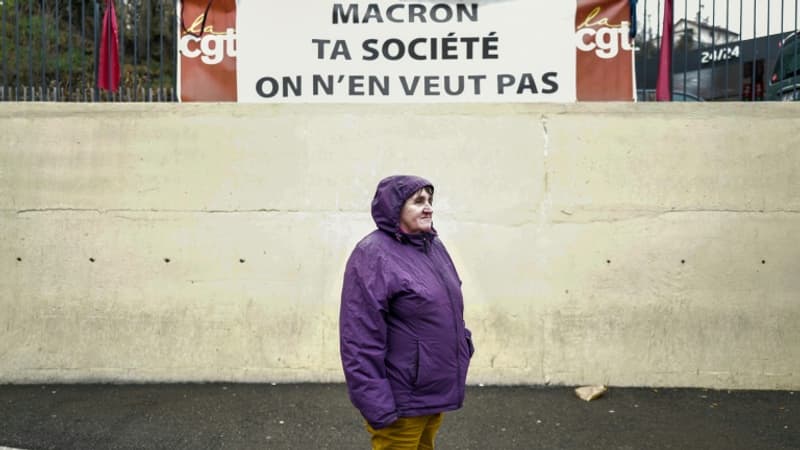1.28 million protesters in France according to police figures; 3.5 million according to the unions. There were people in the street on Tuesday March 7 to protest against the pension reform. The unions even described this mobilization as “historic”. She was?
The proof by the numbers
A March 7 like no other: the sixth day of mobilization against the government text, the unions had been preparing for a month and announced a “paralyzed France” to break Emmanuel Macron. If the country continued to turn, albeit in slow motion, the mobilization was massive, little more than on January 31, which had already been largely concentrated.
If we look at the social movements that, since 1995, have formed in opposition to a pension reform project – a historically unifying theme – some important days of demonstrations have marked the last decades, particularly in 1995, 2003 and 2010. According to the figures of the public authorities, on March 7 it would have exceeded them, sometimes just slightly, in terms of the number of protesters. “We can classify the figures as historical,” says Stéphane Sirot, a French historian specializing in the sociology of strikes, who nevertheless specifies that it does not go beyond 1995.
The mobilizations of 2006 against the CPE (first job contract) with more than a million people in the streets were also important; however, on March 7 there were more people, again according to figures from the Ministry of the Interior.
But the current movement has another characteristic that Stéphane Sirot finds more historical: it is spread throughout the territory while the previous ones were much more centralized. In fact, on Tuesday some 300 demonstrations were planned throughout France, in cities large and small.
Tipping point: the days ahead can change the situation
A movement of magnitude for its number and unique for its territorial distribution. On the other hand, in the type of actions implemented, nothing new under the barricades. For now.
We could go from “classic to at least classic” in the next few days if the strikes and blockades persist or increase, says Stéphane Sirot.
The trade union strategy must also be geared more and more towards this type of actions because today, “for those who want to continue, they only have one card left to play” and that is unemployment, he said. Since the institutional map and public opinion had not given anything, they would be left with only this one.
Source: BFM TV


